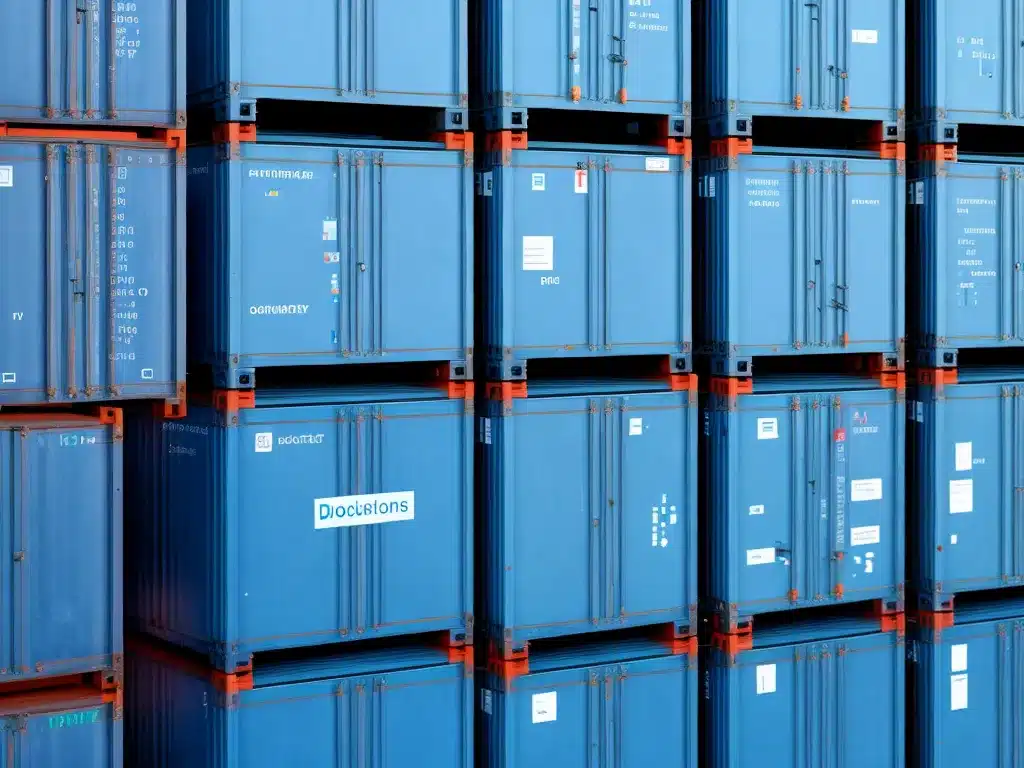
Securing Your Docker Containers: 5 Best Practices
Docker containers provide a convenient way to package and run applications in an isolated environment. However, containers come with their own unique security considerations that need to be addressed. Here are 5 best practices for securing your Docker containers:
1. Use Official Images From Trusted Sources
When possible, use official Docker images from trusted sources like Docker Hub or your private registry. These images are scanned regularly for vulnerabilities and optimized for security. Avoid using unofficial or unverified images from unknown sources which may contain malware.
I only use images that are signed and verified by the publisher. For example, I pull nginx and ubuntu images directly from Docker Hub rather than unverified third-party repositories. This reduces the risk of compromised images.
2. Scan Images Regularly For Vulnerabilities
Images should be scanned regularly for security vulnerabilities even if they come from trusted sources. Tools like Docker Security Scanning, Anchore Engine and Trivy can automatically scan Docker images for known vulnerabilities in the operating system packages and application libraries.
I configure my CI/CD pipelines to scan all images built by our developers before deployment. Any critical or high severity vulnerabilities detected are flagged for repair before the image can be pushed to production. This has helped find vulnerabilities early.
3. Minimize Image Layers
Reduce the number of layers in your Docker image as much as possible. The more layers an image has, the larger the attack surface.
I optimize Dockerfiles to minimize layers by chaining commands, using multi-stage builds, and avoiding unnecessary packages. This shrinks the image size and reduces potential vulnerabilities.
4. Drop Container Capabilities
By default, Docker containers are launched with most Linux capabilities enabled. Review the container capabilities and drop all capabilities not needed by your application. For example, NET_RAW capability is not needed by most applications and can be dropped.
Here is an example of how I drop all capabilities except those needed by my Nginx container:
docker run --cap-drop=ALL \
--cap-add=CHOWN \
--cap-add=SETGID \
--cap-add=SETUID \
nginx
This restricts what the container can do, limiting damage if compromised.
5. Enable Docker Security Features
Make use of built-in Docker security features like user namespaces, AppArmor/SELinux, seccomp profiles and encrypted storage to add extra layers of protection.
For example, I run containers in a custom user namespace to isolate them from the host system. AppArmor and seccomp profiles further lock down container actions. This limits what attackers can do if they compromise a container.
In summary, use trusted images, scan regularly for vulnerabilities, minimize layers, drop capabilities and leverage security features to harden your Docker containers. Proactively building secure images and properly confining containers is key to reducing the attack surface.












